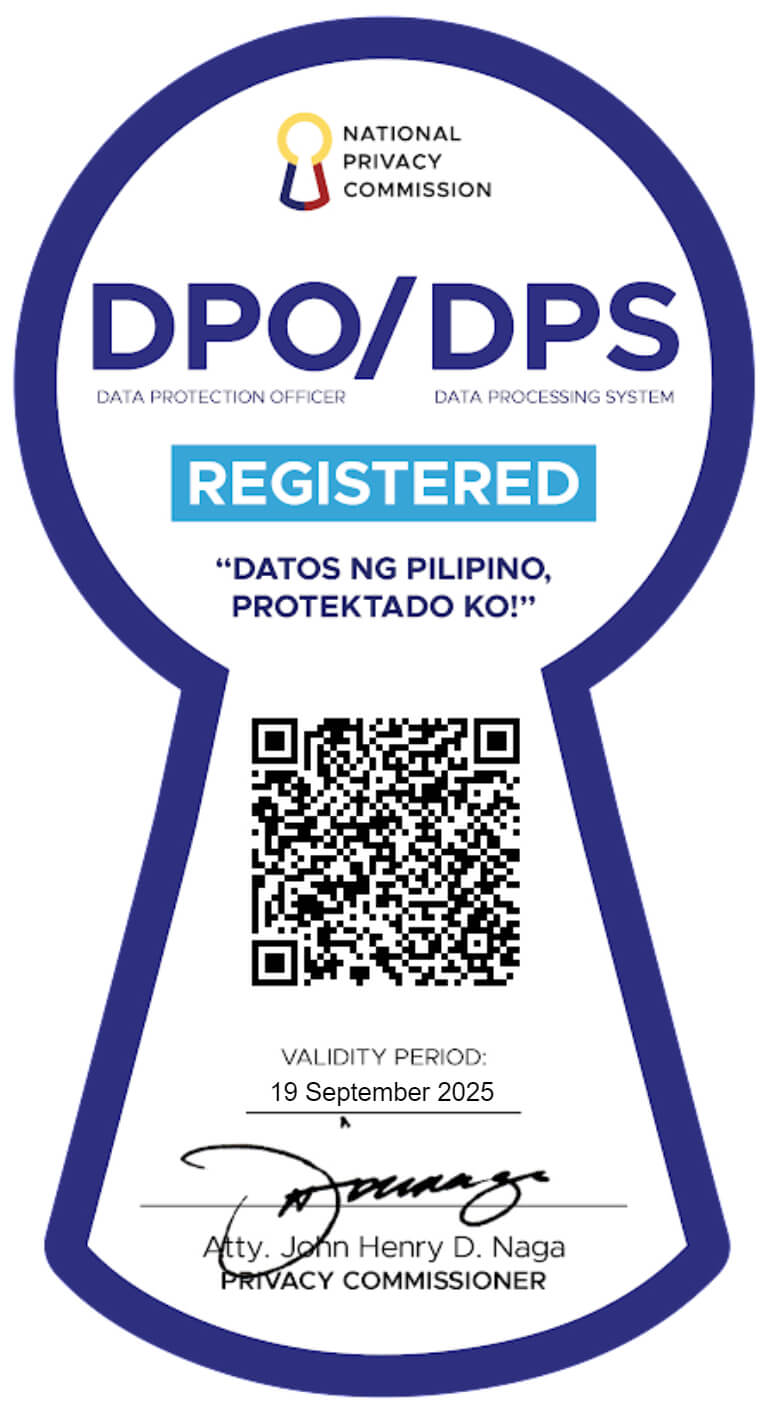-
About Us
Probe CX is a tech-powered, global customer experience organisation that amplifies human capabilities with technological excellence.
-
Awards and Accreditations
As an industry-leading CX and digital transformation provider, Probe CX has a resume to match any of our competition.
-
Compliance
Industry-recognised certifications to protect what matters most to our clients and their customers.
-
Locations
Over 19,000 team members delivering exceptional customer experiences across five countries.
-
Vision and Culture
We help our clients become modern digital organisations by combining the latest technology with people, process and data.
-
Executive Team
Meet the team with unmatched experience committed to helping organisations create environments for digitally-enabled CX to thrive.
-
 Blog
BlogDiscover the latest insights, information and trends in blogs created by customer experience experts.
-
 News
NewsLearn where Probe CX have been recognised in the news, including awards, accreditations, acquisitions, partnerships and more.
-
 Resources
ResourcesDownload our latest resources including whitepapers, case studies, tip sheets, reports and brochures..
A leading energy and gas industry retailer required support with credit collection activities and help to optimise their KMS.
- Blog
- How chatbots reduce abandoned cart rates
How chatbots reduce abandoned cart rates

Now imagine seven of those customers walk away. That’s right – with no warning, they simply turn around and head out the door, leaving their seven trolleys at the counter and, depending on the nature of your business, potentially thousands of dollars in their pockets. Heartbreaking, right? Now imagine that same scenario happening hour after hour, day after day, week after week.
Such is the reality for eCommerce businesses and the headache of shopping cart abandonment.
While reasons vary, the fact is far too many customers begin the online check-out process but fail to complete their purchases. Independent web UX researcher Baymard Institute, which has tracked the global cart abandonment rates for 12 years, found almost 70% of eCommerce customers1 never complete their purchases. Put another way, for every $300 a retailer earns in 2022, an average of $700 is lost despite those sales being within reach.
Needless to say, it is not good enough for online retailers to turn a blind eye to such missed sales opportunities or downplay their impact because they did not physically see the customers leave their shopping baskets on the counter. Every business worth its salt should be doing all it can to convert walkouts into opt-ins and one way they can do so is by introducing chatbots into the online conversation.
The Personal Touch
There is a myriad of reasons for cart abandonment in eCommerce stores, from unexpectedly high or hidden shipping costs to slow upload times and complicated check-out processes. The COVID-19 pandemic has also seen a spike in abandonment rates due to more customers shopping online and an increasing number of people visiting multiple sites to compare prices. One survey actually found 45% of Gen Z shoppers2 will browse several eCommerce sites before making any purchases, compared to only 26% of customers aged above 40.
Given such statistics, it is little wonder online retailers are stepping up their efforts to tackle cart abandonment and one option that is proving increasingly attractive is the use of chatbots to help customers take that final step to purchase. One of the great advantages of a physical retail store is the presence of sales assistants who are committed to doing their bit to turn browsing into sales. They help customers find what they’re looking for, explain pricing and possible discounts, and essentially guide them toward the point of sale. Then, once a customer arrives at the check-out, they encounter a check-out operator who is focused on ensuring transactions are completed as quickly as possible and not one person leaves the queue – let alone seven out of 10 people.
While eCommerce saves businesses the cost of paying wages to such staff, there is no doubt they suffer from the absence of the personal touch. Online customers are too often forced to navigate their own way to the purchase point or too easily allowed to abandon their virtual trolley at the last moment. The challenge for eCommerce operators is to fill the gap that would normally be filled by a friendly face or educated voice and that is where chatbots truly shine.
The Power of Conversational AI
There are essentially two types of chatbots and while both can play a role in eCommerce, one is leading the way in helping turn customer interest into customer sales. While scripted chatbots are programmed to respond in pre-defined ways to specific questions, they fail when presented with a complex query or one not envisaged by the developers.
For this reason, the growing buzz in the chatbot world relates to how artificial intelligence is enhancing the concept. Conversational AI is the set of technologies that enables computers to simulate real conversations, with a ‘synthetic brain’ enabling a machine to understand, process and respond to human language. Befitting a world where people are increasingly comfortable engaging with machines, one study has found 40% of shoppers3 no longer care if they are helped by an AI tool or a human – just as long as they receive the support they want or need.
Not surprisingly, Conversational AI is a boon for eCommerce retailers given it provides customers with seamless and efficient assistance during the shopping process and, when done well, does so in a manner that is indistinguishable from the same service being delivered by a human.
How Chatbots Reduce Cart Abandonment
- Answering FAQs – it is inevitable that customers will often have queries about a product, be it during the browsing process or when they are about to hand over their credit card. In a physical store, such queries can be solved by asking a sales assistant or check-out operator but the lack of physical staff members can be frustrating in an online environment, at worse leading them to abandon their purchase. Enter chatbots. Whether answering simple FAQs or more complex enquiries, the latest technology can provide customers with the information they need to dramatically increase their desire to press the purchase button.
- Reminders – life is full of distractions and one of the banes for online retailers is potential customers sometimes get distracted before completing a purchase. It is not uncommon for people to have placed items in their cart with every intent to purchase, only to find themselves torn away from the screen and at risk of forgetting them. If a cart has been dormant for a period, chatbots are a simple but effective way to remind or prompt a customer that their purchase is waiting to be completed and, better still, they do not need to once again venture through the selection process.
- Guided selling – just because someone is shopping online does not mean they need to miss out on the experience of being engaged in the sales process. Just as a good salesperson can guide a customer to the correct item based on conversations about their needs and desires, AI-powered chatbots are able to understand user preferences, answer questions and even recommend alternate or complementary products without appearing annoying or over-eager. Such chatbots can even be programmed to automatically engage with a potentially conflicted customer based on factors such as time spent online without making a purchase.
- Incentives and discounts – one of the benefits of standing face-to-face with a customer is being able to determine if they need a little ‘help’ getting across the purchase line. Sales staff can read body language or take verbal cues that indicate a small incentive or discount may be all it takes to turn a potential sale into a guaranteed one. The latest chatbots and virtual assistants are now able to do the same by offering on-the-spot discount coupons or highlighting promotional offers to shoppers whose carts are sitting idle at a check-out or have ‘clicked back’ when informed of additional shipping costs. The latter is a common cause of cart abandonment but a virtual assistant popping up to offer a free shipping coupon can change the game.
-
Sourcing customer information – it is unreasonable to believe chatbots can stop every cart from being abandoned. There will be occasions when nothing can be done to prevent a customer from walking away from a potential purchase but before that happens, chatbots are a great tool for securing information that can be used to help subsequently make the sale. The conversational nature of AI chatbots means sourcing such details does not feel forced, with something as simple as requesting an email address to notify of specials or new stock arrivals opening the door to future sales.
Cart abandonment is a fact of eCommerce life. Savvy online retailers appreciate it is going to happen and factor it into their planning and forecasting. The truly smart operators also know they need to do everything in their power to mitigate the extent to which it occurs and that is why the use of Conversational AI and chatbots is on the rise. Creating seamless check-out procedures is all well and good but the addition of a friendly team member – even if it is a virtual one – can make a huge difference in increasing sales conversions and reducing the nightmare of abandoned carts.
I destined the advancement of digital technology to be one of the 21st century’s greatest business stories but it will quickly become a tale of woe for companies that fail to build digital trust with their consumers. With a recent PwC Pulse survey finding more than 50% of global consumers4 have become more digital in the past months, here are seven ways to use technology to improve your customer experience or CX in the technological age.
Reference:
1 https://baymard.com/blog/ecommerce-checkout-usability-report-and-benchmark
2 https://www.tidio.com/blog/customer-experience-study/
3 https://www.hubspot.com/stories/artificial-intelligence/
4 https://www.pwc.com/gx/en/industries/consumer-markets/consumer-insights-survey.html
Related Articles
Customer Experience CX
Top 5 ways to improve retail CX
The top five ways to optimise your CX processes to ensure your customers have positive experiences with your brand
Customer Experience CX
How to design outstanding customer experience - from a CX expert
Learn how a major retailer teamed with Probe CX to transform their contact centre experience.
Technology
Customer experience (CX) tech: a banking and finance gamechanger
Discover the importance of CX and what digital tools are changing the status quo in the banking and finance industry.
© Copyright 2025 Probe CX | ProbeCX is a proudly owned subsidiary of Probe Group
Privacy Policy | Responsible AI Policy | Financial Hardship Policy | Whistleblower Policy | Complaints Procedure | Supplier Code of Conduct | Make a Payment | Client Login




